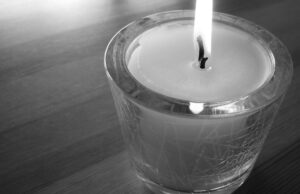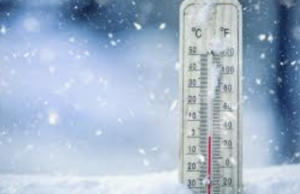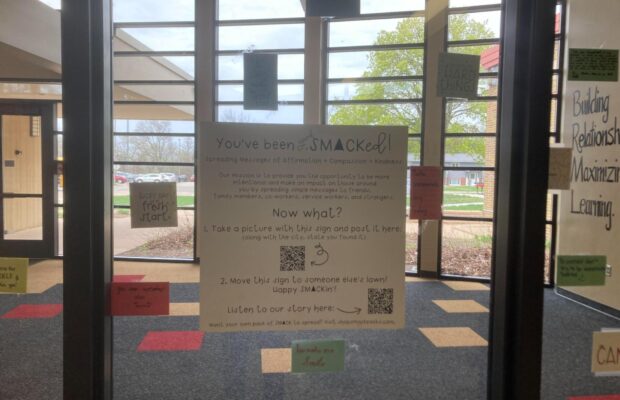Carbon monoxide produces serious hazard
By Honor Heindl 2009
When math teacher Keith Weifenbach makes his annual pitch to CF staff and students about the dangers of carbon monoxide poisoning, he’s speaking from experience, and now that winter has settled in for the long haul, his message is as serious as ever.
“Several years ago, there was an ice storm in Northwest Iowa where my parents lived. During the storm, some build up in the chimney flue broke loose and fell, restricting the vent from the furnace. This caused carbon monoxide to back up into the house. During the night, both of my parents died of the poisoning. An aunt, who had been visiting for a few days, also died,” Weifenbach said.
What happened to the Weifenbachs is not uncommon. In the United States each year, approximately 200 people die of unintentional carbon monoxide poisoning from fuel-burning home appliances.
Most of the time in the winter season, when people turn on their heaters to stay warm and cozy, the fuel in their home appliances is fully combusted, producing carbon dioxide, a common gas in the atmosphere. In rare cases, however, the combustion in an appliance is incomplete, and the deadly gas carbon monoxide is produced. This gas is circulated around the home by the heating system, and this can cause tragic results.
When inhaled, carbon monoxide enters the bloodstream and replaces oxygen in the blood. With carbon monoxide in the blood, cells don’t get the oxygen they need to function properly.
Carbon monoxide poisoning has symptoms similar to those of the flu, which can create large problems when the symptoms are misdiagnosed. Symptoms include headaches, vomiting, drowsiness, nausea, dizziness, weakness and most critically, the inability to think clearly.
Often by the time someone realizes something is seriously wrong, it is too late to do anything about it.
“My family and I are not on any crusade, but we hope that telling about our tragedy will save lives,” Weifenbach said.
Carbon monoxide poisoning is a serious health risk that can affect anyone.
“No one is immune from the danger of CO poisoning. Even former ISU basketball coach Johnny Orr nearly suffered a carbon monoxide poisoning tragedy in his home caused by a leaking furnace. Also, a few years ago, two mechanics at an auto repair shop in central Iowa nearly died on the job from the CO leaking from the shop heater. These people, along with my family, now all have CO detectors,” Weifenbach said.
Since carbon monoxide is both tasteless and odorless, it is difficult to detect, so it is imperative that people try to protect themselves by purchasing carbon monoxide detectors.
These detectors cost in the range of $20-$40. All that needs to be done to put the detector into action is to plug it in, and it will start working immediately.
Any measurable amount of detected CO will sound the alarm, warning the owner that it is time for action.
In the event that the alarm sounds, everyone in the building should leave without delay and call a heating professional to investigate the situation.
“Have a professional check any heating appliance that uses a flame. Any such heater, no matter how new, can be a source of carbon monoxide.
Also remember a person shouldn’t use a gas oven without a vent to heat a room because of the danger in carbon monoxide production,” Weifenbach said.
There is a lesson to be learned from the Weifenbachs’ story.
Even though measures to help prevent carbon monoxide poisoning are simple, they can easily save lives.









You must be logged in to post a comment Login